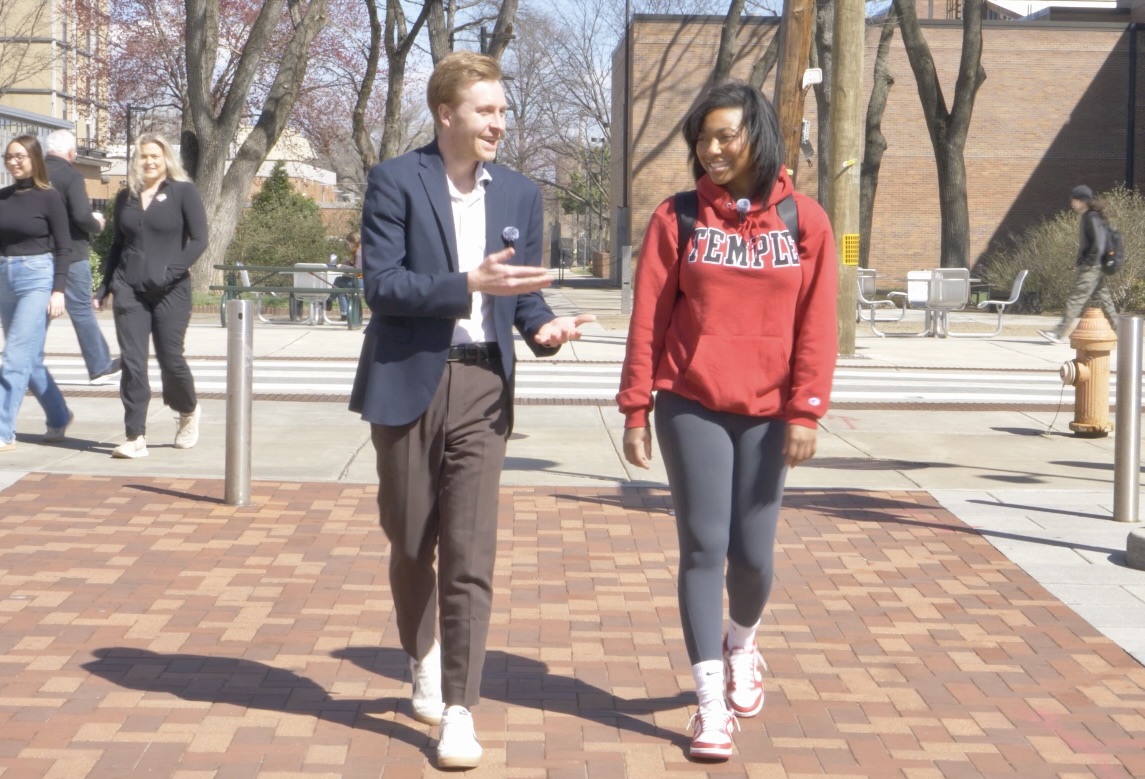“Everyone has a strong opinion about decision-making being made by a gut instinct. However, the decision-making process is influenced by your emotions, your goals, your memories and your anticipation of outcomes,” says Vinod Venkatraman, associate professor of Marketing and Supply Chain Management.
Venkatraman, who is also the director of the Center for Applied Research in Decision-Making at the Fox School, has been researching the individual traits that impact decision preferences since his dissertation days. Over time, Venkatraman noticed that decision-making is based more on a spectrum rather than duality of hot or cold states as it is often characterized
His idea inspired a collaborative project with the Global Science Organization at Ipsos, a market research company. The resulting decision-making framework published as, “Disrupting Dual Systems: A Dynamic Decision-Making Framework for Human Behavior,” argues that there are multiple thought processes that launch simultaneously when someone faces a decision.
“The research provides a more holistic understanding of why a consumer may buy something versus just guessing why,” says Venkatraman. “If companies understand why consumers are making the decision to buy their product, they will be able to adapt their marketing strategies more effectively.”
For advertising, the framework can help companies understand how to inform their consumers about their products, educate them and attempt to influence their preferences.
In order to fully capture the different processes and factors of decision-making, Venkatraman in collaboration with colleagues at Ipsos sought to understand how consumers choose between different brands, and if their choices can be disrupted. In a study run in collaboration with colleagues at Ipsos, Venkatraman finds that even among participants who indicate a strong preference for a particular brand, those who do so quickly experience less conflict and less regret when making their choice relative to those who take longer. Critically, this also means that they are less likely to be swayed by a disruption in the form of a competitor ad.
Ultimately, they found that a consumer’s prior experience and knowledge of a brand influences decisions and disrupts preferences, measured using a combination of self-reporting measures and response times.
The framework provides insight into how decisions are made—information that is integral for marketing professionals, policymakers, human behavior researchers and managers. By understanding the reasons about how consumers make decisions, it becomes easier to understand why individuals are buying products or if they will.
“For example, at a supermarket checkout counter, managers often tend to place impulsive items like chocolates near the counters,” says Venkatraman. “However, if you explore why the person is grabbing the item in the checkout line, you may realize that some consumers are not being impulsive but merely leaving their most convenient purchases for the end.”
Additionally, he has used the framework he studied in a new undergraduate elective he offered on outsmaring decision biases using behavioral insights. This curriculum can provide practices that help transform businesses.
Venkatraman also mentioned that this research will positively impact policymakers. If they are able to understand how individuals make decisions using this framework, then they will develop appropriate nudges and choose architectures that benefit the society as a whole.




